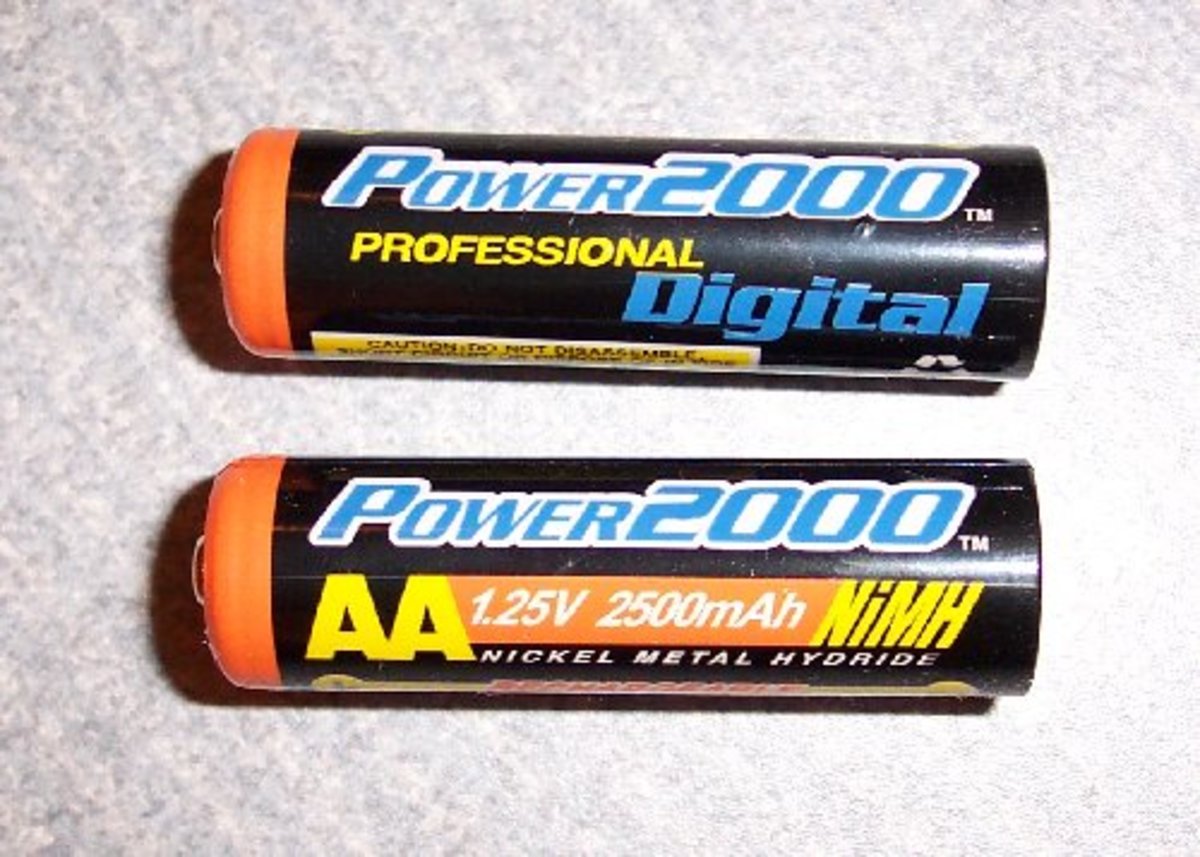Brett Jordan via Unsplash; Canva
How many 6 volt batteries do I need? Can I find 6 volt deep cycle batteries? How do I wire dual 6 volt batteries? What size battery isolator do I need with 6 volt batteries? How do I wire a battery switch with 6 volt batteries? Can a battery have 12 volts and still be bad? Is it better to charge a 6 volt battery at 2 amps or 10 amps? Do 6 volt batteries in series or parallel last longer?
How many 6 volt batteries do I need?
A single 6 volt battery will be used to power flashlights and other small industrial applications. If you are running a 12 volt RV system, you’ll need 2 6 volt batteries. They’ll need to be connected in series to deliver the right voltage. If you’re running a golf cart, you need 48 volts of power. This could be supplied by either 4 12 volt batteries or 8 6-volt batteries. If you’re running a child’s toy car, it may use one or two 6 volt batteries. What are the benefits of having several 6 volt batteries? The six volt batteries are generally lighter than 12 volt batteries, even in combination. It is easier to swap out a single dead six volt battery than a 12 volt battery. The storage requirements for six volt batteries are less, since they’re smaller. That means you could fit two or three spare 6 volt batteries in various storage compartments whereas it would be hard to carry a spare or two 12 volt batteries. Note that you need to take the same precautions about venting 6 volt batteries as are used with 12 volt batteries. Another benefit of six volt batteries is that you could be carrying de facto spares already, sitting inside your lantern, UPS or child’s powered toy car. A side benefit of using 6 volt batteries is that they’re generally designed to be recharged, and they have a massive energy storage capacity. However, not all 6 volt batteries are deep cycle batteries. And since you may have half a dozen in the vehicle, you could be continually recharging them while you’re connected to shore power while others are in use.
Can I find 6 volt deep cycle batteries?
Yes, you can find a 6v deep cycle battery as well as conventional batteries at the average hardware store. Deep cycle batteries can deliver a much larger percentage of their stored energy without being damaged in the process. On the other hand, they need to be charged more slowly and over a longer period of time. Tamara Wilhite You can find high capacity 6 volt deep cycle batteries. For example, there are 220 and 240 amp hour deep cycle batteries perfect for running equipment on a boat.
How do I wire dual 6 volt batteries?
Dual 6 volt batteries should be wired in series. To do this, connect the positive post of one battery to the negative post of the next battery. The positive post is commonly red, while the negative post is usually black. You can connect 2 six volt batteries in series to a 12 volt charger to the positive terminal of the first battery. In this case, the negative wire of the charger will be connected to the negative post of the second battery.
What size battery isolator do I need with 6 volt batteries?
Battery isolators are used to separate the batteries from an alternator that’s used to charge them. This is typically used in conjunction with car batteries. Battery isolators put a strain on alternators due to their voltage drop. The alternator has to work harder and longer to deliver the final 12 volts of power. Yet battery isolators are used in boats and motor homes. The battery isolator ensures that the vehicle will start in the morning even if you’ve been pulling power from the house batteries. Always choose a battery isolator that is larger than the amperage of your alternator. If your RV alternator is 160 amps, buy a battery isolator at least that large. And that’s true whether you’re using two 6 volt, a single 12 volt battery or relying on a large battery bank.
How do I wire a battery switch with 6 volt batteries?
Suppose you want to have two different batteries on your boat. A battery switch lets you switch from the starter battery that starts the motor to the two six volt batteries in series that could run the electrical equipment on the boat. You could also switch from a starter battery to a 12 volt deep cycle battery that can run the equipment for hours without affecting your ability to start the engine at the end of the day. Tamara Wilhite How do you wire the batteries to the battery switch? An on/off/combine switch is a good choice if you have a single engine, two battery wiring system. We’d recommend a 1-2-both battery switch. This lets you turn off or disconnect all batteries, use just one battery or both batteries. Setting it to both may let you charge both from the boat’s alternator or use both dying batteries in parallel to start the engine. The battery positive connections should run through this switch. The battery switch should be set to only use the house battery when the boat engine is not running.
Can a battery have 12 volts and still be bad?
If you’re looking at a single 6 volt battery, you should never get 12 volts from it. A 12 volt battery should give you 11.8 to 12.3 volts. If you have two six volt batteries in series, they should give you around 12 volts. Their amperage will be around the same amps put out by a single battery.
Is it better to charge a 6 volt battery at 2 amps or 10 amps?
A 6 volt battery can always be charged at 2 amps. If you’re dealing with a deep cycle battery, you must charge it at a low amperage like 2 to 4 amps. A 10 amp current could overload it or even cause it to explode. However, this depends on the battery. Know what amperage the battery can handle and charge at that level. Anything lower may not charge the battery well, since it can’t recharge the battery as fast as things naturally dissipate.
Do 6 volt batteries in series or parallel last longer?
Two 6 volt batteries in series won’t last as long as batteries hooked up in parallel. However, you’re trying to create a 12 volt power source, so it must be connected in series. Yet two 6 volt deep cycle batteries connected in series will often last longer than a single 12 volt battery. This article is accurate and true to the best of the author’s knowledge. Content is for informational or entertainment purposes only and does not substitute for personal counsel or professional advice in business, financial, legal, or technical matters. © 2020 Tamara Wilhite


